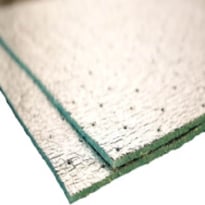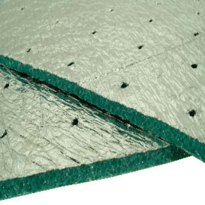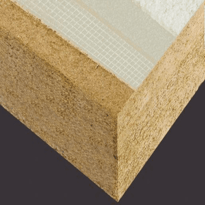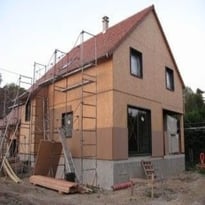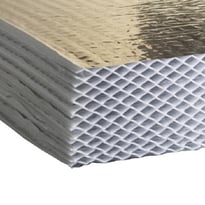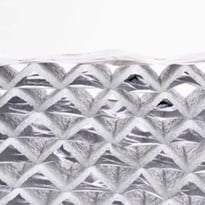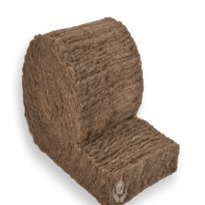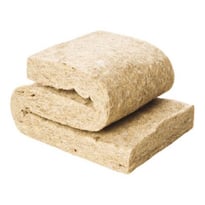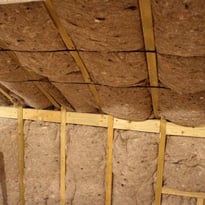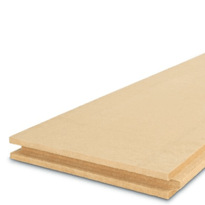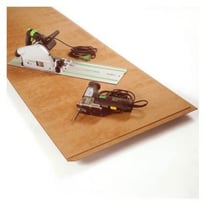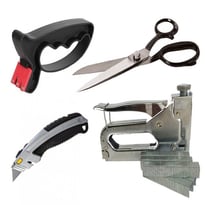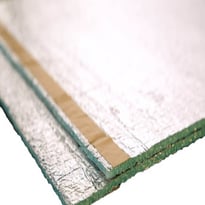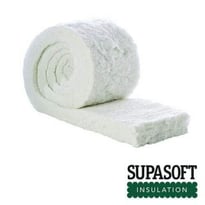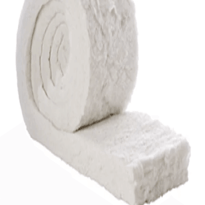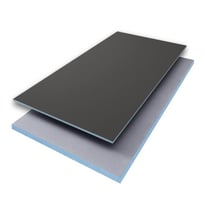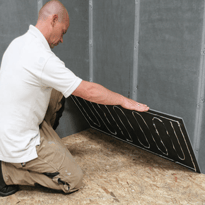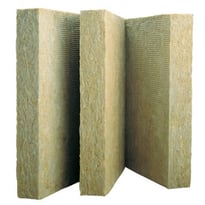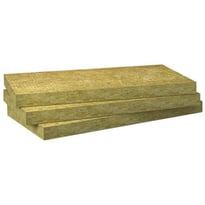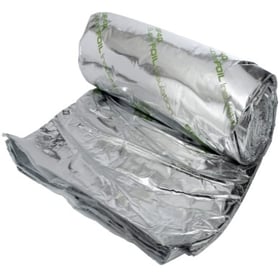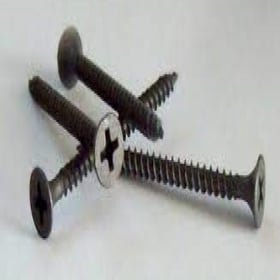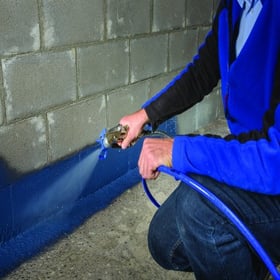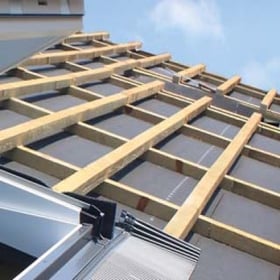Wall Insulation
Our experience in the construction industry has helped us hand-pick these products for you. All of these insulation materials have proven their thermal efficiency over the years. Made with top-quality materials from some of the world’s well-known brands like Knauf, Rockwool Insulation etc, our collection of wall insulation products above gives you that extra comfort, peace and savings.
We appreciate your business, and to show you our gratitude, we will plant a tree for free with every order through Ecologi, and also protect five trees in the Amazon!
As always, we are here to help you in any way we can. Should you have any doubts while browsing through our catalogue or if you are not able to find the product you are looking for, just email us or call us and we will be at your service.
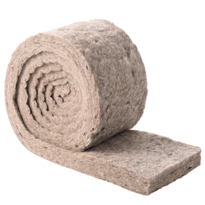
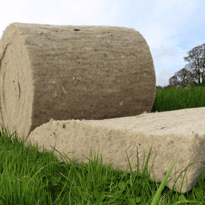
Thermafleece Cosywool - Sheep wool Insulation Roll (Multiple Rolls Per Pack)
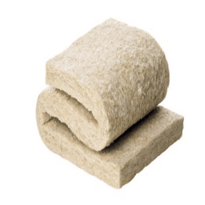
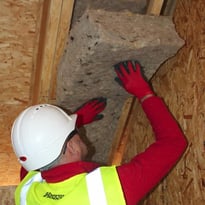
Thermafleece Cosy Wool - Sheepwool Insulation Slab (Multiple Slabs Per Pack)
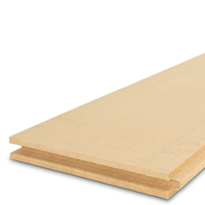
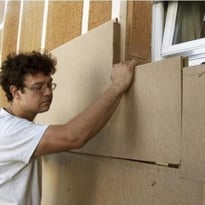
Steico Duo Dry - Plaster/ Render Carrier Board - Pallet Quantities - 2230 x 600mm
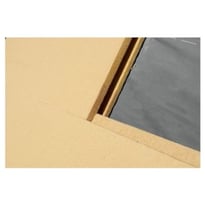
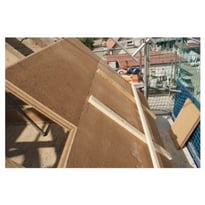
Steico Special Dry Sarking Board - Pallet Quantities - 2230 x 600mm
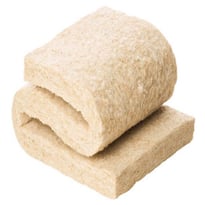
Thermafleece Natrahemp - Natural Hemp Insulation Slabs (Multiple Slabs Per Pack)
Similar Categories
Wall Insulation
Without wall insulation, you will be losing nearly 35% of the heat from your property. Wall insulation depends on the type of wall you have. So if you have cavity walls, you will need cavity wall insulation, and if you have solid walls, you will have to opt for internal or external wall insulation.
Let's look at each of these individually:
External Wall Insulation:
Solid walls can be insulated externally or internally. External wall insulation not only slows heat transfer through the walls but also protects walls from extreme weather conditions like rain and frost damage. It is one of the most effective ways to protect your home from damaging external moisture.
Mineral wool insulation slabs, PIR boards or polystyrene insulation boards are most commonly used for this purpose. We suggest using products like RWA45, Jablite polystyrene board, PIR insulation boards or extruded polystyrene insulation like Prowarm Profoam to insulate walls externally.
Benefits of installing external wall insulation include: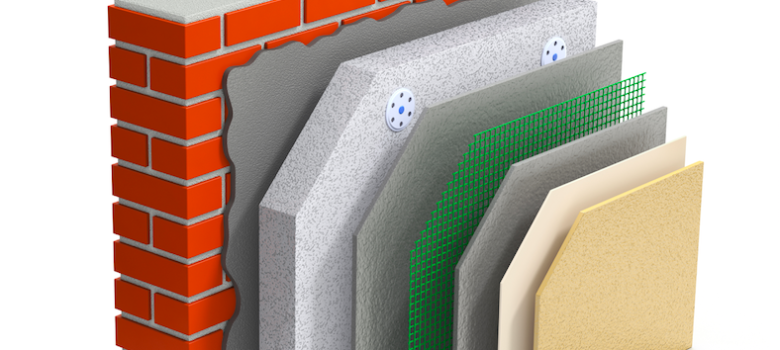
- Reduced heat loss.
- Energy cost savings.
- Protects the building.
- Enhanced weatherproofing.
- Keeps walls warm and dry.
- Better looking home.
- Soundproofs walls.
- The installation process causes minimal disruptions in the house.
- No loss of indoor space.
Internal Wall insulation
Internal wall insulation is cheaper compared to insulating external walls. By insulating walls internally, you not only restrict heat loss but can also soundproof a wall. Use insulation products that have a moisture barrier or leave air gaps to prevent moisture build-up and condensation issues.
You can insulate solid walls by building a stud wall and using insulation roll, slab, or by using rigid insulation boards like PIR or insulated plasterboards
Internal walls need to be insulated in the construction phase itself, for obvious reasons. However, it is possible to insulate an existing wall by installing a stud wall and then insulating it. You can use acoustic insulation batts like RWA45 or Rocksilk RS45 and soundproof walls as well. Just ensure that the insulation you plan on installing complies with the UK's building regulations
Benefits of internal wall insulation include: 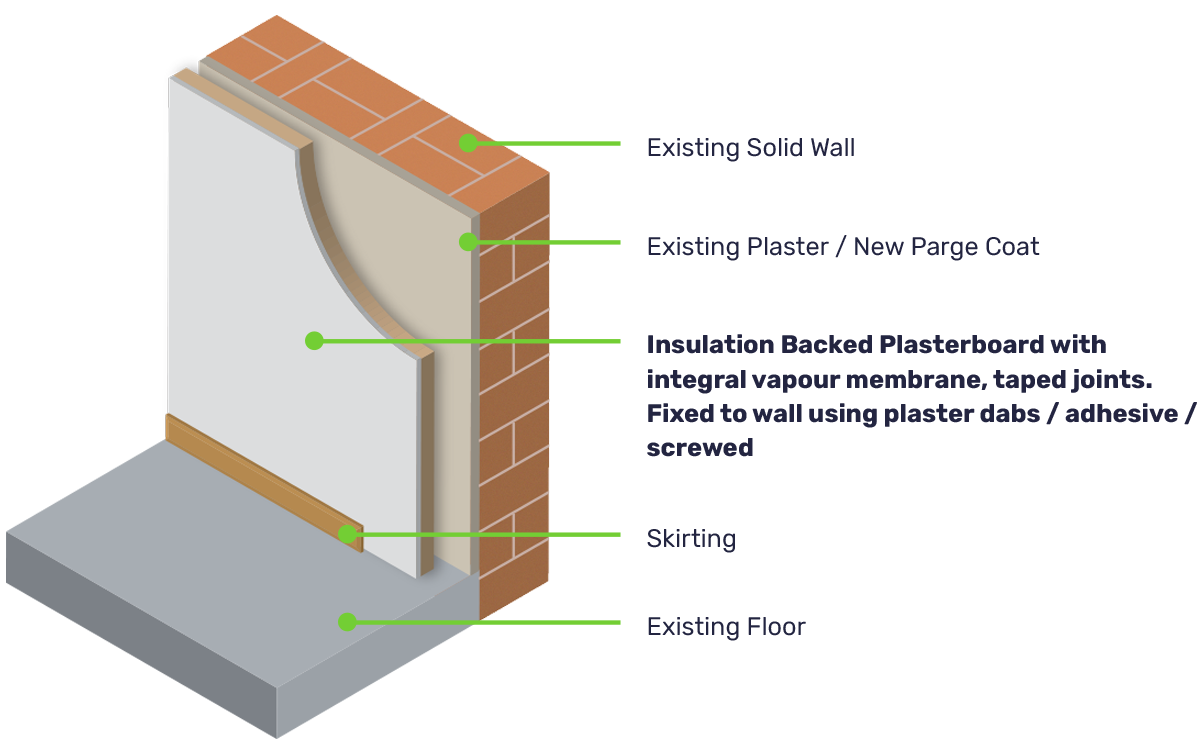
- It is up to fifty per cent cheaper compared to external wall insulation.
- It is the best option if you do not want to insulate your external walls.
- Soundproofs wall
- Saves energy and money
Cavity-wall Insulation:
Cavity wall insulation can save you a great deal of money on energy bills. You will have a cavity or gap between the outer and inner brick layers if your home was built after the 1920s. Cavity wall insulation was made mandatory by the UK building regulations in the 1990s.
Cavity wall insulation can be achieved using mineral wool cavity batts or slabs, EPS beads or foam insulation. What you must bear in mind, however, is to always choose products that are approved by the BBA or CIGA and use the service of certified professional installers
Cavity wall insulation includes the following benefits:
- It can reduce your heating costs by £100-200 per year.
- It typically pays for itself in 2-3 years.
- Insulating cavity wall is effective and cost-efficient.
- It keeps your indoors warm and comfortable while keeping your heating put.
- It is non-intrusive and produces minimal interruption in the home.
The type of wall insulation material you choose should help you obtain the best results in terms of return on investment, insulation efficiency, and final appearance.
Let us look into the wall insulating materials we offer at Buy Insulation Online.
Batt Insulation
The semi-flexible mineral wool insulation slabs are best used for internal and external wall insulation. Along with superior thermal efficiency, they are also known for their soundproofing ability and fire resistance. They are water-resistant as well so you are less likely to face issues like condensation and moulds.
For cavity wall insulation, we stock fibreglass cavity batts from Knauf and Superglass. They are again well known for their thermal efficiency, water and fire resistance. They are BBA-approved as well.
Insulation Boards:
An insulation board helps cover a large area compared to an insulation slab. It also gives better thermal performance and saves space. There are different types of insulation boards you can use to insulate walls.
For fire insulation, we offer tried and tested fire insulation boards like Rockwool Fire barrier system and Knauf fire panel.
PIR Insulation:
We store PIR insulation boards from top brands like Celotex, Xtratherm and Iko. PIR is one of the most adaptable, energy-efficient, and widely available insulating materials on the market today. With a K-value as low as 0.022 W/mK, there is no other material that can beat the thermal performance of PIR insulation.
Polystyrene Insulation Boards:
Polystyrene insulation may not be the most environmentally friendly option out there, but it saves energy and money. It can be considered second to PIR insulation.
Polystyrene insulation can be used to insulate walls internally and externally. EPS beads are used to insulate cavity walls.
Insulated Plasterboard:
Insulated Plasterboard combines the goodness of insulation and drylining. It saves space and gives superior insulation. Insulated plasterboards are best used for internal wall insulation.
Foil Insulation:
You can also use multifoil insulation like Actis Hybris or foil insulation rolls to insulate walls internally.
We have a large selection of wall insulation products in every size and type. When it comes to insulating walls, we hope you think of us.
